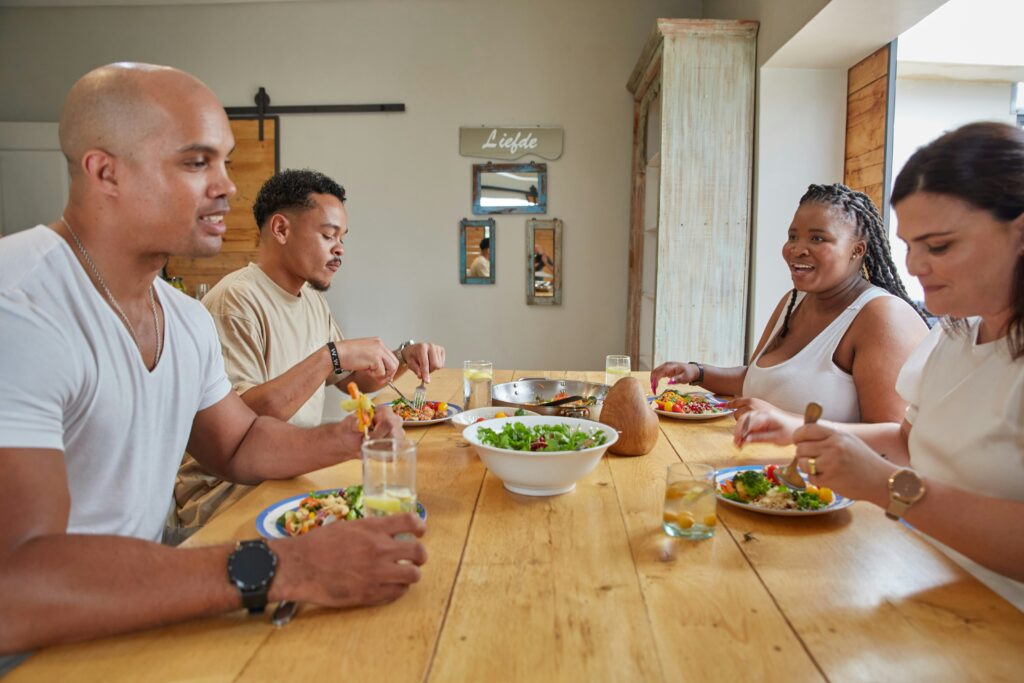High blood pressure, also known as hypertension, is a common health problem that affects millions of people worldwide. According to statistics published by the Centers for Disease Control and Prevention (CDC), almost half of all American adults had high blood pressure based on data collected between August 2021 and August 2023. Hypertension occurs when the force of blood pushing against the walls of your arteries is too high. Over time, this can lead weaker blood vessels which may translate into serious health problems like heart disease, stroke and kidney damage.
In the United States, high blood pressure is more common and more severe among Black men and women compared to other groups. According to the American Heart Association, about 55% of adult Black Americans have the condition. This is higher than in other ethnic groups, with Black people being more likely to develop high blood pressure earlier in life. Understanding why this happens and how to manage it can help save lives.
Why High Blood Pressure Is More Dangerous for Black Men and Women

Black men and women are more likely to have high blood pressure and experience complications from it at a younger age. There are many reasons for this, including genetics, stress, limited access to healthcare and a higher risk of certain health conditions like diabetes and obesity.
For men, hypertension is the leading cause of heart disease and stroke. Women with high blood pressure often face unique challenges. Hormonal changes, pregnancy and menopause can make it harder for women to manage their blood pressure. Also, some medicines targeted at treating this condition may not work as well for Black women.
Common Causes of High Blood Pressure
There are two types of high blood pressure: primary and secondary. Primary hypertension develops over time without a clear cause, while secondary hypertension is the result of another health condition, like kidney disease or diabetes. Secondary hypertension isn’t as common though, with only 10% of the known demographic being diagnosed with it. More importantly, this is more likely in younger people.
Some common causes and risk factors include:
- Unhealthy diet: Eating too much salt, processed foods and sugary drinks.
- Lack of exercise: Being inactive can lead to weight gain and high blood pressure.
- Stress: Long-term stress can cause blood pressure spikes.
- Family history: High blood pressure often runs in families and can increase the chances of developing it later in life.
- Other health conditions: Diabetes, kidney disease and sleep apnea can increase risk.
How to Manage High Blood Pressure
Managing high blood pressure is important to prevent heart disease and stroke. Here are some tips to stay in control:
- Eat a balanced diet: Focus on fruits, vegetables, whole grains and lean proteins. Cutting back on salt and processed foods can help too.
- Exercise regularly: The CDC recommends that adults aim for at least 150 minutes of moderate activity each, like walking or cycling. This translates to 30 minutes of activity for five days a week.
- Maintain a healthy weight: Losing even a small amount of weight can help lower blood pressure.
- Manage stress: Techniques like deep breathing, meditation, talk therapy and yoga are great tools.
- Take prescribed medications: If a doctor prescribes medication, take it as directed.
- Regular check-ups: Consistent doctor visits can ensure that blood pressure is being monitored regularly to prevent disease progression.

Recipes for High Blood Pressure
Since high blood pressure is such a prevalent issue in the Black community and beyond, more people have been looking for heart-healthy meals to make at home. Recipes should focus on ingredients that help lower sodium intake while boosting potassium, fiber and healthy fats. Dishes rich in fruits, vegetables, whole grains, lean proteins, and healthy fats like olive oil or nuts can support better blood pressure management. For example, a Mediterranean-style quinoa salad with cherry tomatoes, cucumbers, spinach and a lemon-olive oil dressing provides essential nutrients without excessive salt.
Another great option is a baked salmon with garlic and herbs, served with roasted sweet potatoes and steamed broccoli. Avoiding processed foods, reducing added salt and using herbs and spices for flavor are key strategies in creating delicious, blood pressure-friendly meals like these low-sodium fajitas.
Frequently Asked Questions
How to keep blood pressure down?
Some of the best ways to keep blood pressure down include eating healthy, staying active, managing stress and taking any prescribed medicine. Combining these lifestyle habits can significantly contribute to maintaining healthy blood pressure levels and overall well-being.
What does high blood pressure feel like?
Many people may not realize they have high blood pressure until it is diagnosed during a routine check-up or after a serious health event, such as a heart attack or stroke. However, in some cases, individuals may experience warning signs like persistent headaches, dizziness, blurred vision, chest pain or shortness of breath.
What’s the best way to calm down a blood pressure spike?
Deep breathing exercises, such as inhaling slowly through the nose and exhaling through the mouth, can help activate the body’s relaxation response and lower stress-related blood pressure increases. Drinking a glass of water may also help, especially if dehydration is contributing to the spike.

